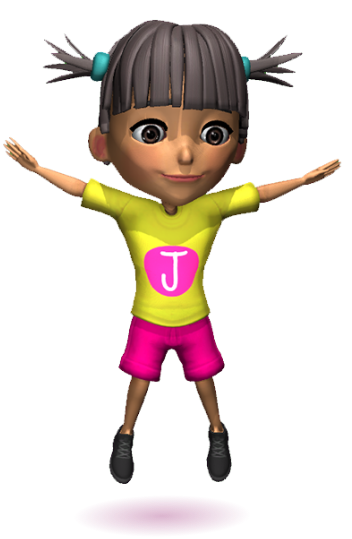The inactivity challenge

Unlike earlier generations, children now are less active outside of school. As a result, they are not developing the physical literacy that should be a right for EVERY child. This impacts on their enjoyment, confidence, progress, health and wellbeing.
Tanya Byron, leading psychologist, warned us in 2013 that we were creating the first generation ever to grow up in captivity, ill prepared for the wild! The recent survey results by Sport England point out that the inactivity challenge is only getting bigger.
The size of the problem and the extraordinary cost to present and future generations is leading us to panic and double down on proven failed attempts. It’s perhaps understandable that we search for easy wins. What I can say though, with unwavering confidence, is that we will be very embarrassed in the future for making young children run a mile each morning or do a fitness circuit or copy a nice man on the TV superimposing adult exercises that are simply not age or stage appropriate. It may be well intentioned but it’s simply not good enough and we are letting our children down. At the very best it lacks imagination, at worst it creates the wrong connectivity with physical activity, which will burden them for life.
Creating a positive relationship with physical activity for life is surely our collective goal. We can certainly accept, as part of that, a target of 60 minutes day (30 mins. school, 30 mins. home). But as my colleague, John Parsons, points out, it feels a little strange that the recommendation changes from 3 hours to 1 hour a day overnight on a child’s 5th birthday! Our Scandinavian friends certainly set higher expectations but given how many children fall below the 60 minute a day challenge (56% don’t reach an average of 60 minutes a day according to the Active Lives Children and Young People Survey by Sport England) then perhaps it feels a sensible first goal.
Finding engaging ways to increase levels of early physical activity can and should deliver positive results when done well. But as I’ve said in previous blogs, successful education is not about what the child does when they are with us. We must embrace the fact that the real judgement is about what they choose to do when we are not around and, more significantly, how we positively shape their future choices. Early investment in children becomes a force multiplier when we get it right.
The additional truth is schools and communities don’t have enough capacity to do it alone. Children need positive messages reinforced everywhere and often. We must engage families who are desperate for our guidance and support to share in joyful, active learning experiences with their young ones. We must be more ambitious, the children need us to be, and they deserve it.
We have to embrace the challenge to provide solutions that have proven and measurable impact on children and families, creating a culture where children are engaged and included in positive physical activity at home, accelerating EVERY child’s progress in PE and school readiness.
As I’ve said many times before, nothing replaces the unstructured activity of going to the park, chasing games with other children, or travelling by a leg powered balance scooter rather than being driven. But we can do more though to add to that, supplementing and supporting parents to help provide the essential foundations of movement confidence and competence. Alongside establishing a positive relationship with physical activity, these are the greatest predictors of a life of positive physical activity and the many huge associated benefits that follow.
We need to invest as much as we can, as early as we can, to ensure those first experiences are positive, and essential core skills and behaviours are developed for EVERY child. Let’s use the technology and knowledge available to demonstrate exciting immersive, thematic, and playful regular bursts of activities for families. We can provide ideas and scaffolding, of course, but with the aim of triggering imagination and self-directed joyful play. Above all else, we must encourage, reward and nurture behaviours that create a life-long love and commitment to physical activity.





